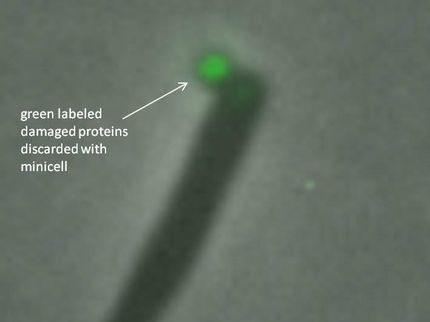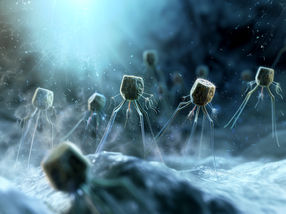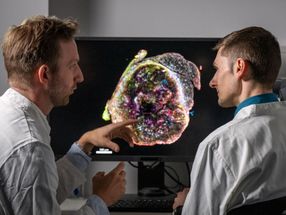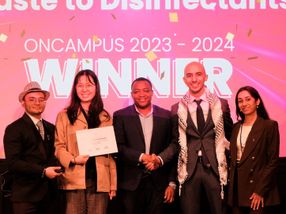New vaccine delivery system is more effective
Traditional vaccines can be ineffective and expensive. Now, an interdisciplinary team of Cornell researchers has devised a new way to make vaccines that promises to prevent diseases much more cheaply. The new technique, described in Proceedings of the National Academy of Sciences, which involves fusing a novel component to the vaccine to boost its effectiveness, can effectively stimulate antibodies to target bacterial infections, including ulcers, flesh-eating skin infections and leptospirosis. The researchers also are working on modifying the method to create vaccines that stimulate cell-mediated immune responses required to fight viral diseases and some cancers.
"There are a lot of children dying because they can't get a vaccine that is cheap and effective enough," said co-author David Putnam, associate professor of biomedical engineering and chemical and biomolecular engineering. David Chen, a former graduate student in Putnam's lab who is currently a scientist at Wyeth-Ayerst Laboratories in Andover, Mass., is the paper's lead author, while Matthew DeLisa, associate professor of chemical and biomolecular engineering, and virologist Nikolaus Osterrieder in Cornell's College of Veterinary Medicine are also co-authors.
To boost the immune system's response to an antigen, researchers typically attach an agent known as an adjuvant. Researchers have found that the common adjuvant, aluminum hydroxide, can be unreliable because it can destroy the antigen's structure, and the antigen's amino acid sequences may also degrade over time, giving a vaccine limited stability. Purifying vaccines made with aluminum hydroxide involves a complicated and expensive process using specialized equipment.
Now, Cornell researchers from departments across campus have collaborated to substitute aluminum hydroxide with a new adjuvant called ClyA, which can be produced and fused with any desired protein within genetically engineered Escherichia coli bacteria. The E. coli creates a compound of ClyA fused with the desired antigen inside the E. coli cell. The ClyA-antigen then buds off from the E. coli's cell membrane, forming a vesicle containing the vaccine. Since the vesicle is very small compared with the E. coli, purifying this delivery system involves spinning the mixture through a simple centrifuge, which separates the particles and isolates the vaccine cheaply.
The researchers tested their method by fusing ClyA with a green fluorescent protein, which is visible inside the vesicles. They also knew that the fluorescent protein retained its structure because the protein only lights up when properly folded. The researchers are collaborating with Cornell's Baker Institute for Animal Health to develop animal vaccines and with Weill Cornell Medical College to develop cancer vaccines.
Other news from the department science
Most read news
More news from our other portals
See the theme worlds for related content
Topic world Antibodies
Antibodies are specialized molecules of our immune system that can specifically recognize and neutralize pathogens or foreign substances. Antibody research in biotech and pharma has recognized this natural defense potential and is working intensively to make it therapeutically useful. From monoclonal antibodies used against cancer or autoimmune diseases to antibody-drug conjugates that specifically transport drugs to disease cells - the possibilities are enormous

Topic world Antibodies
Antibodies are specialized molecules of our immune system that can specifically recognize and neutralize pathogens or foreign substances. Antibody research in biotech and pharma has recognized this natural defense potential and is working intensively to make it therapeutically useful. From monoclonal antibodies used against cancer or autoimmune diseases to antibody-drug conjugates that specifically transport drugs to disease cells - the possibilities are enormous
























































